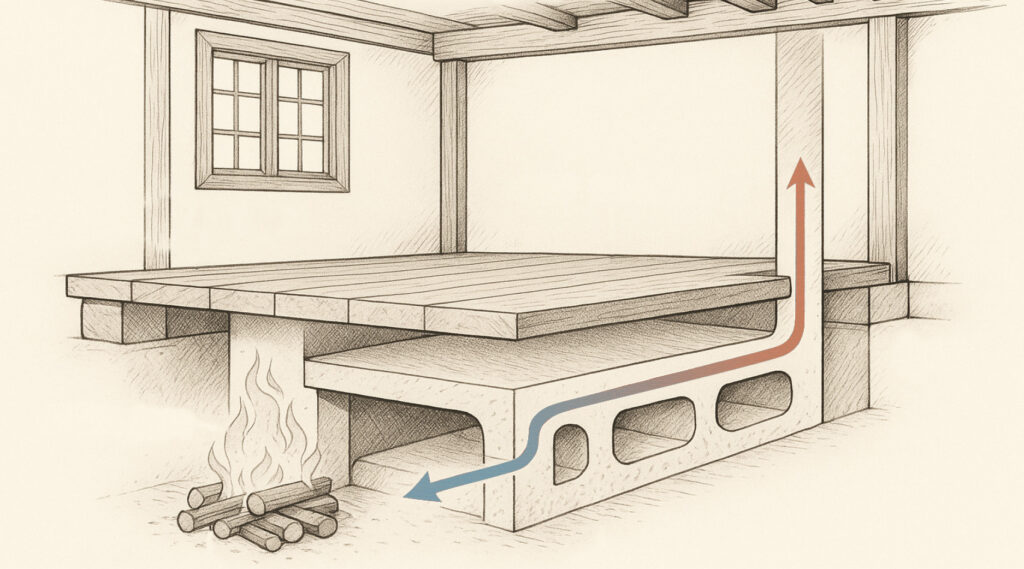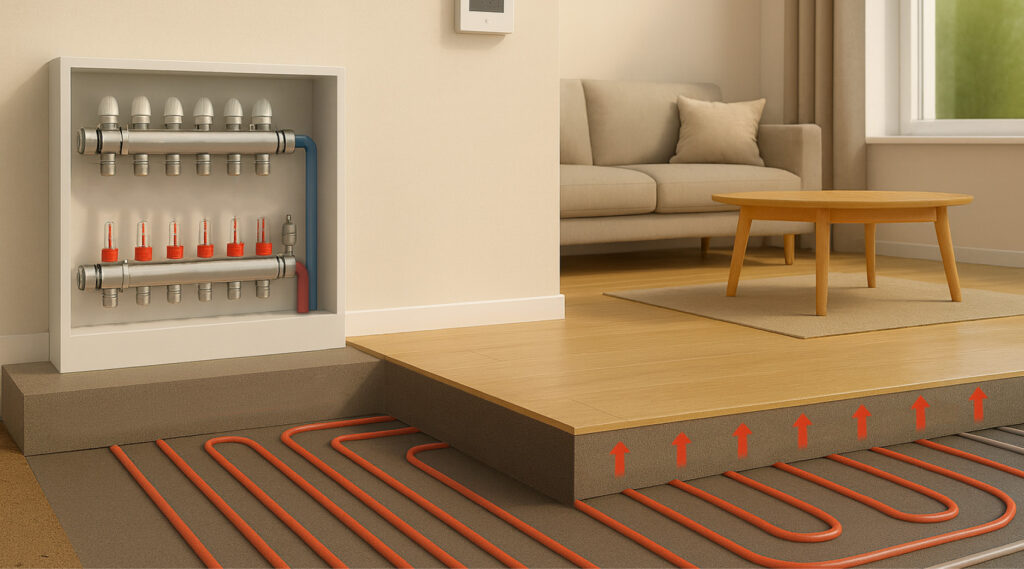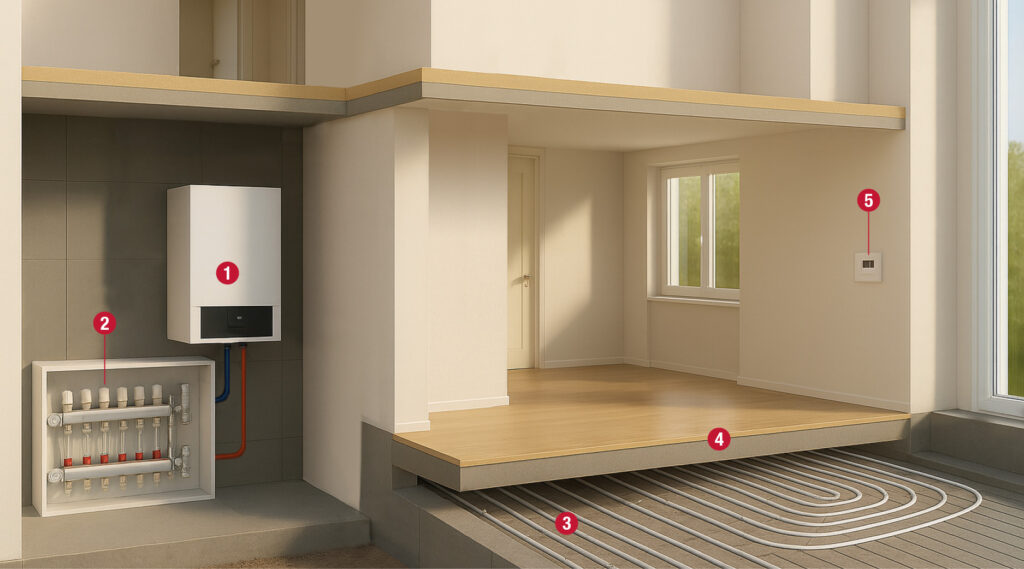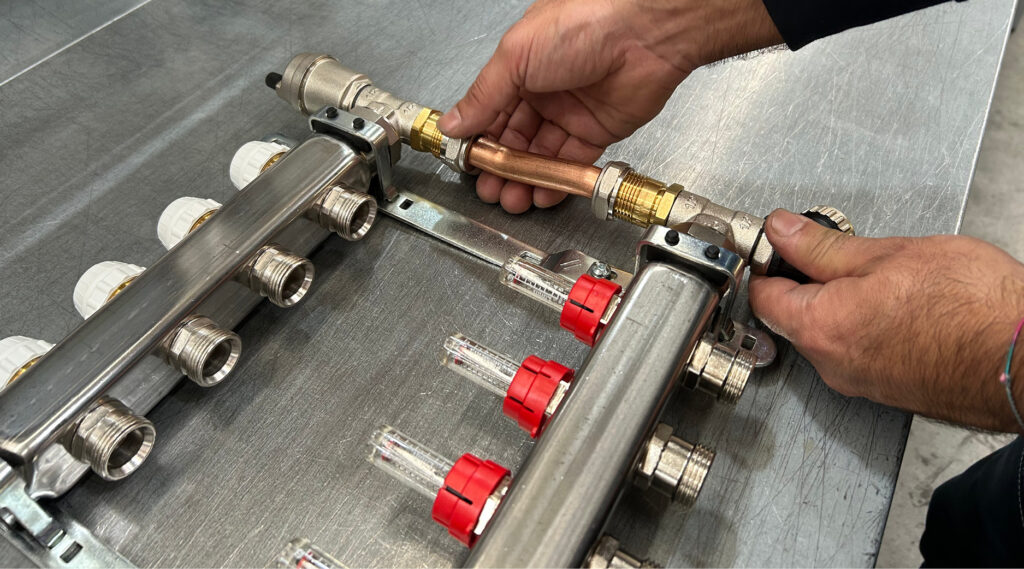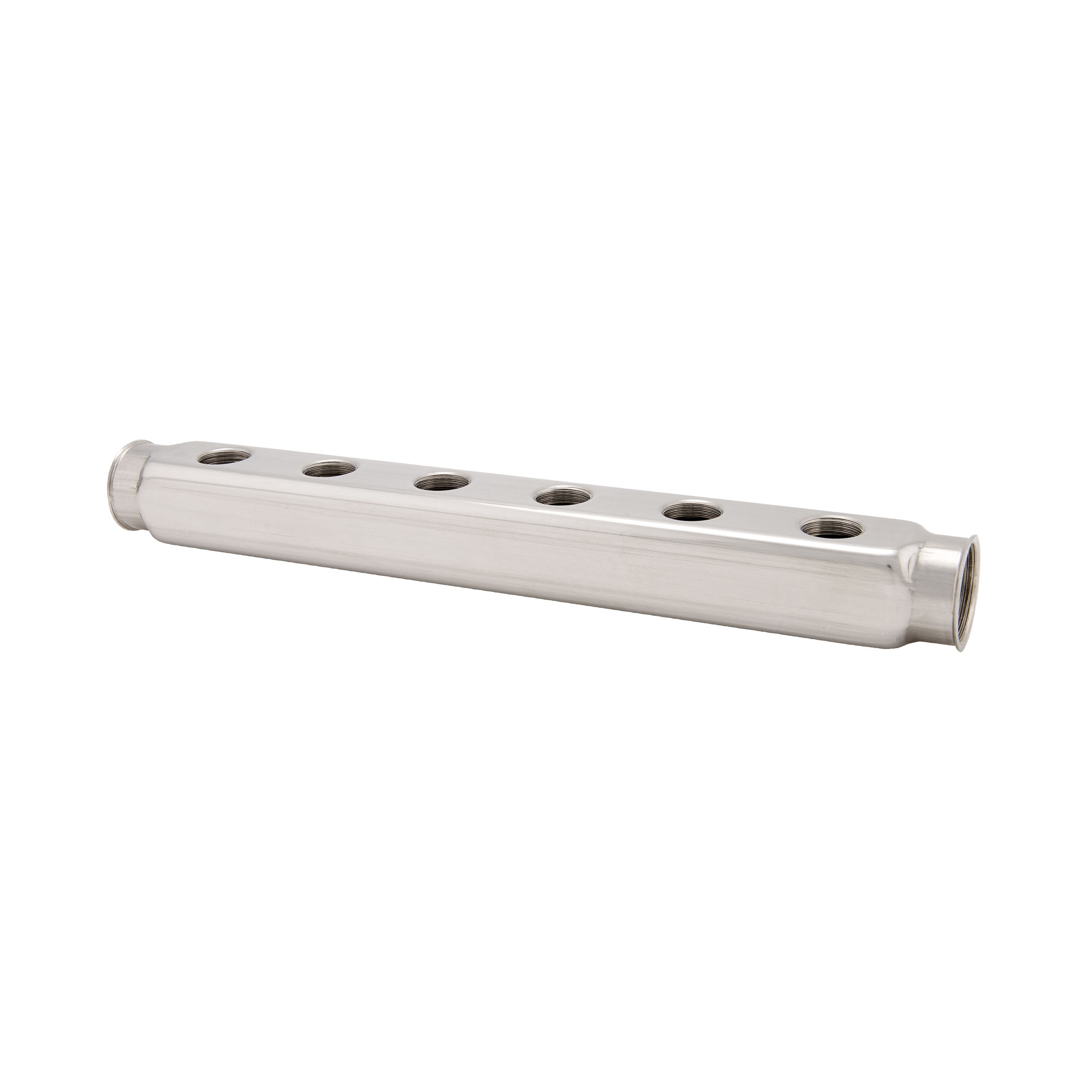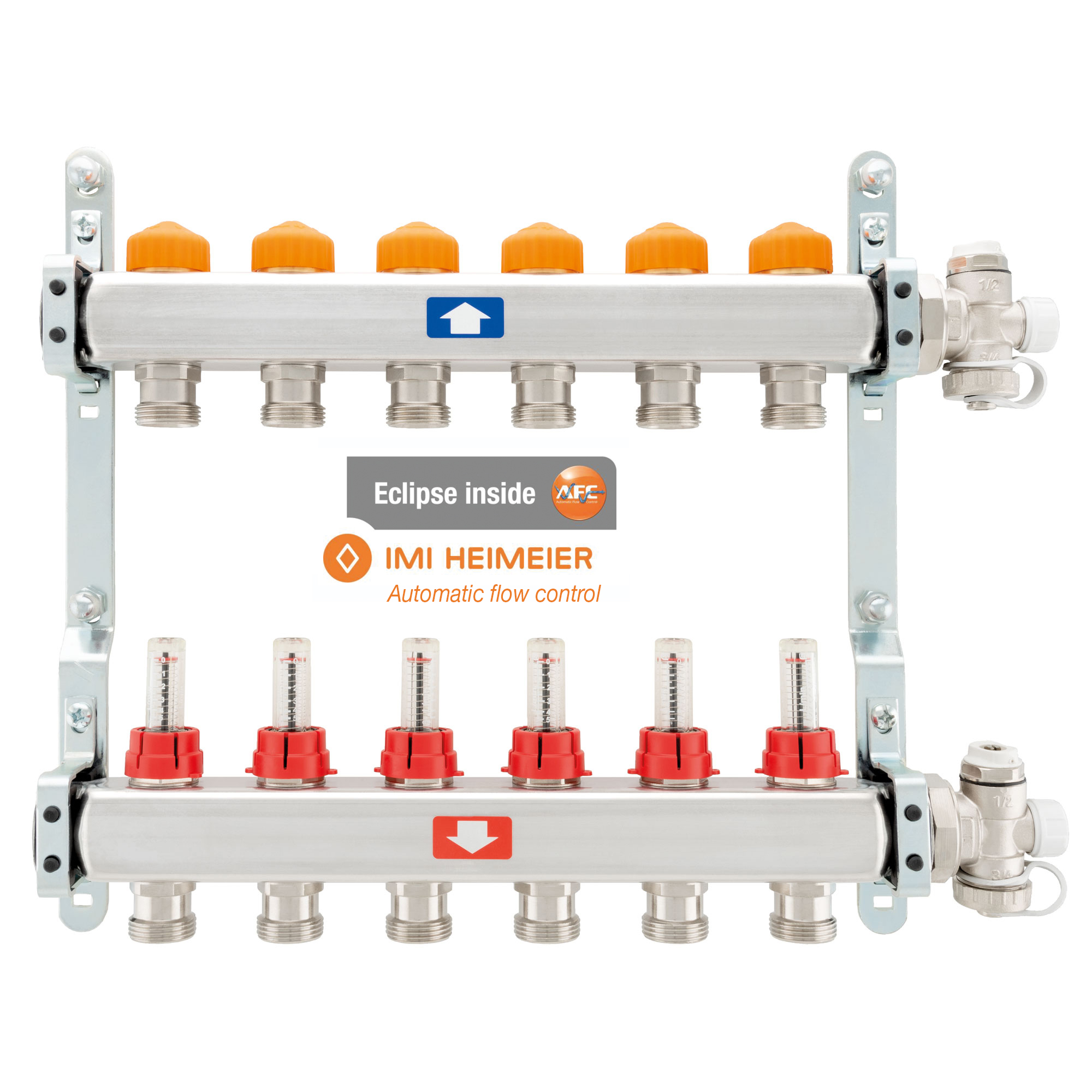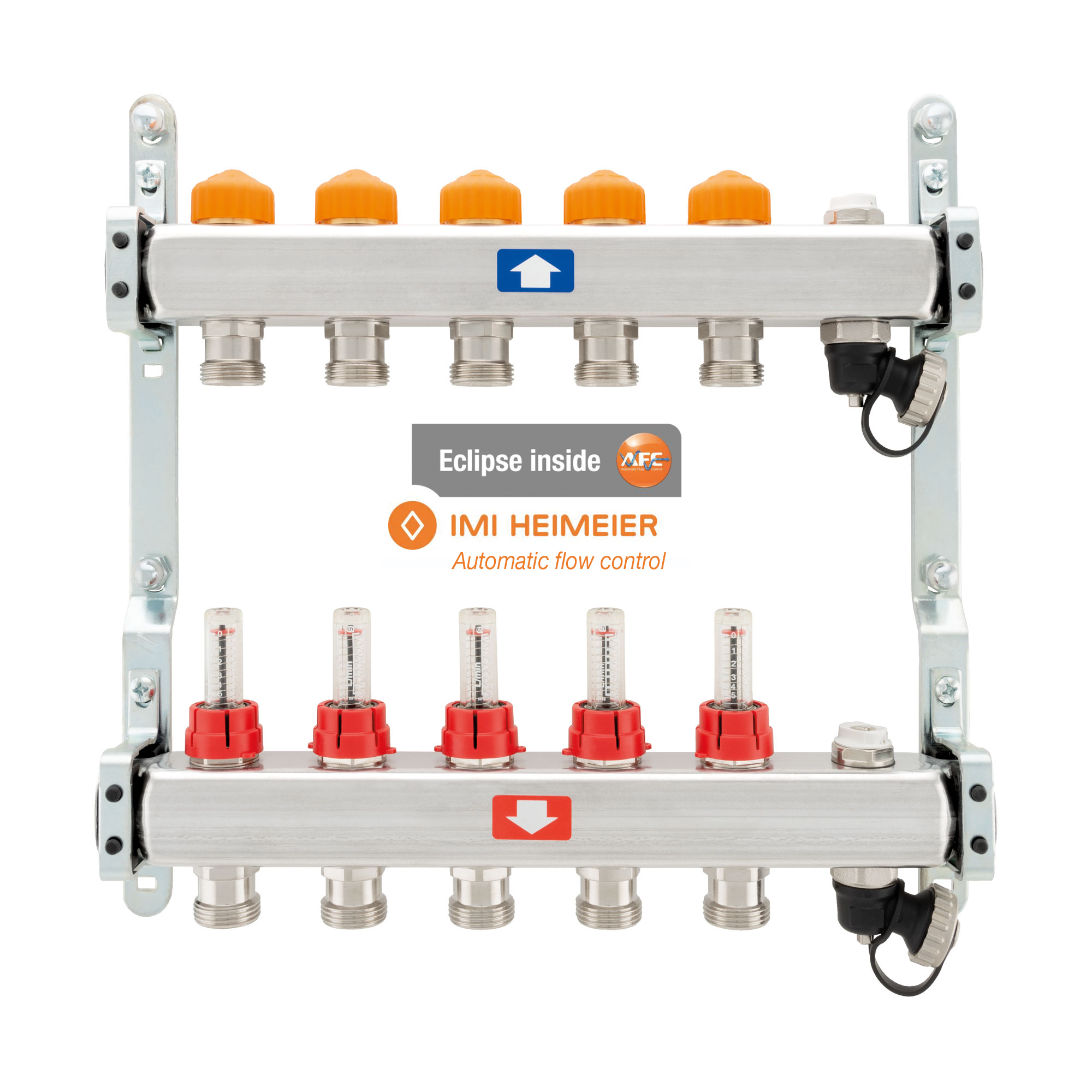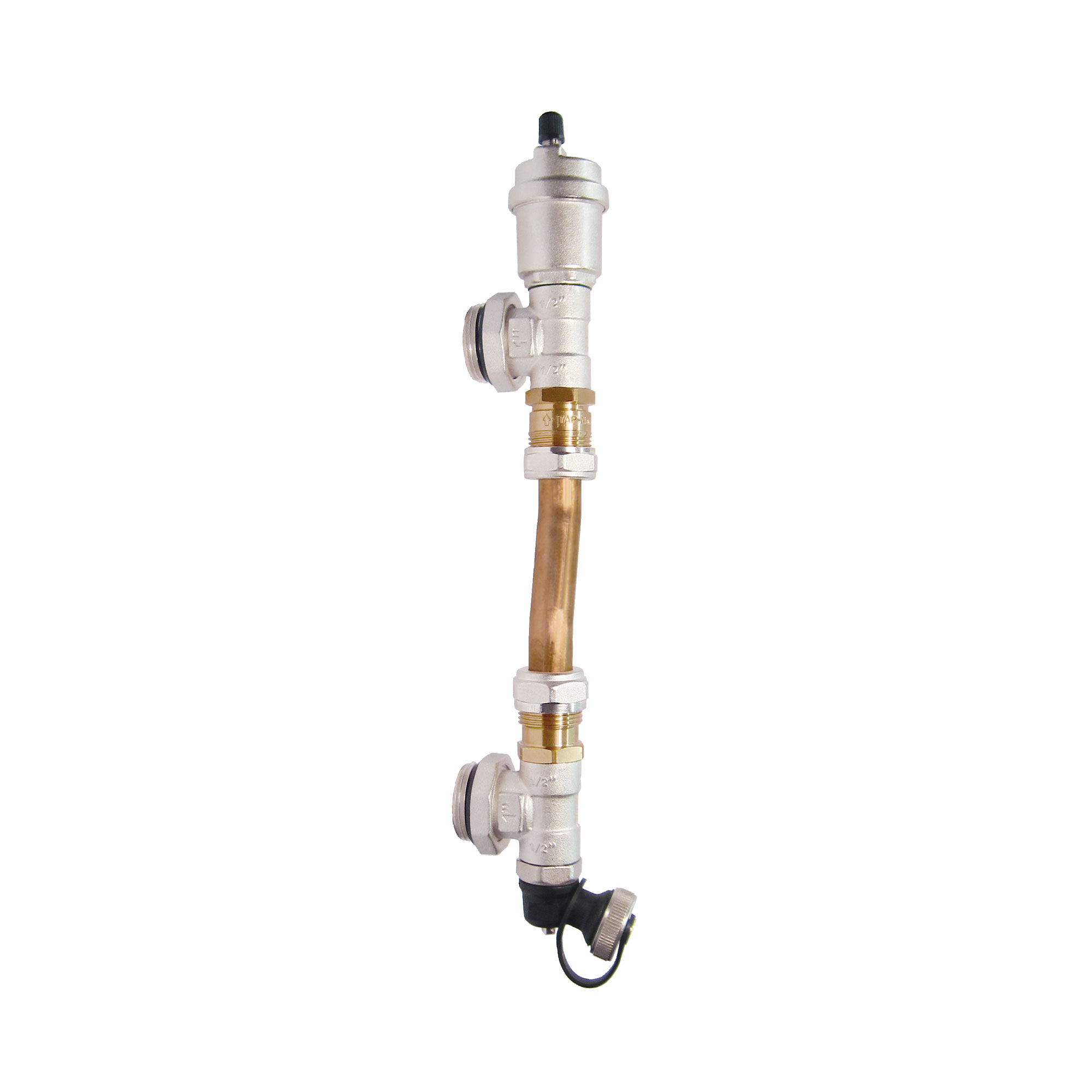- Produits
- VANNES
- CLAPETS ANTI-RETOUR ET CLAPETS AVEC CRÉPINE
- VANNES À BOISSEAU SPHÉRIQUE ET VANNES À OPERCULE
- ROBINETS DE DISTRIBUTION
- VANNES À BOISSEAU SPHÉRIQUE POUR GAZ ET DISPOSITIFS DE SÉCURITÉ POUR GAZ
- ROBINETS À ENCASTRER ET SOUS LAVABO
- ROBINETS BRANCHEMENT MACHINE À LAVER
- ACCESSOIRES POUR INSTALLATIONS THERMIQUES SOLAIRES
- CHAUFFAGE
- VANNES THERMOSTATIQUES ET COUDES DE RÉGLAGE
- COMMANDES THERMOSTATIQUES
- VANNES MANUELLES ET COUDES DE RÉGLAGE
- RÉPARTITEURS POUR ROBINETTERIE INTÉGRÉE
- SERVO-COMMANDES ET VANNES DE ZONE À BOISSEAU SPHÉRIQUE
- COLLECTEURS DE DISTRIBUTION
- COLLECTEURS EN ACIER INOXYDABLE
- COLLECTEURS EN LAITON
- KIT D’UNITÉ DE RÉGULATION
- ACCESSOIRES POUR COLLECTEURS
- PURGEURS ET SOUPAPES DE SÉCURITÉ
- UNITÉS DE DISTRIBUTION ET COLLECTEURS POUR INSTALLATIONS DE CHAUFFAGE CENTRAL
- THERMOSTATS ET CHRONOTHERMOSTATS
- RACCORDS
- FILTRES
POTS DE DÉCANTATION AVEC AIMANTS
RÉDUCTEURS DE PRESSION
- VANNES
- EN ÉVIDENCE
- Catalogue
- Telechargement
- Certifications
- Portfolio
